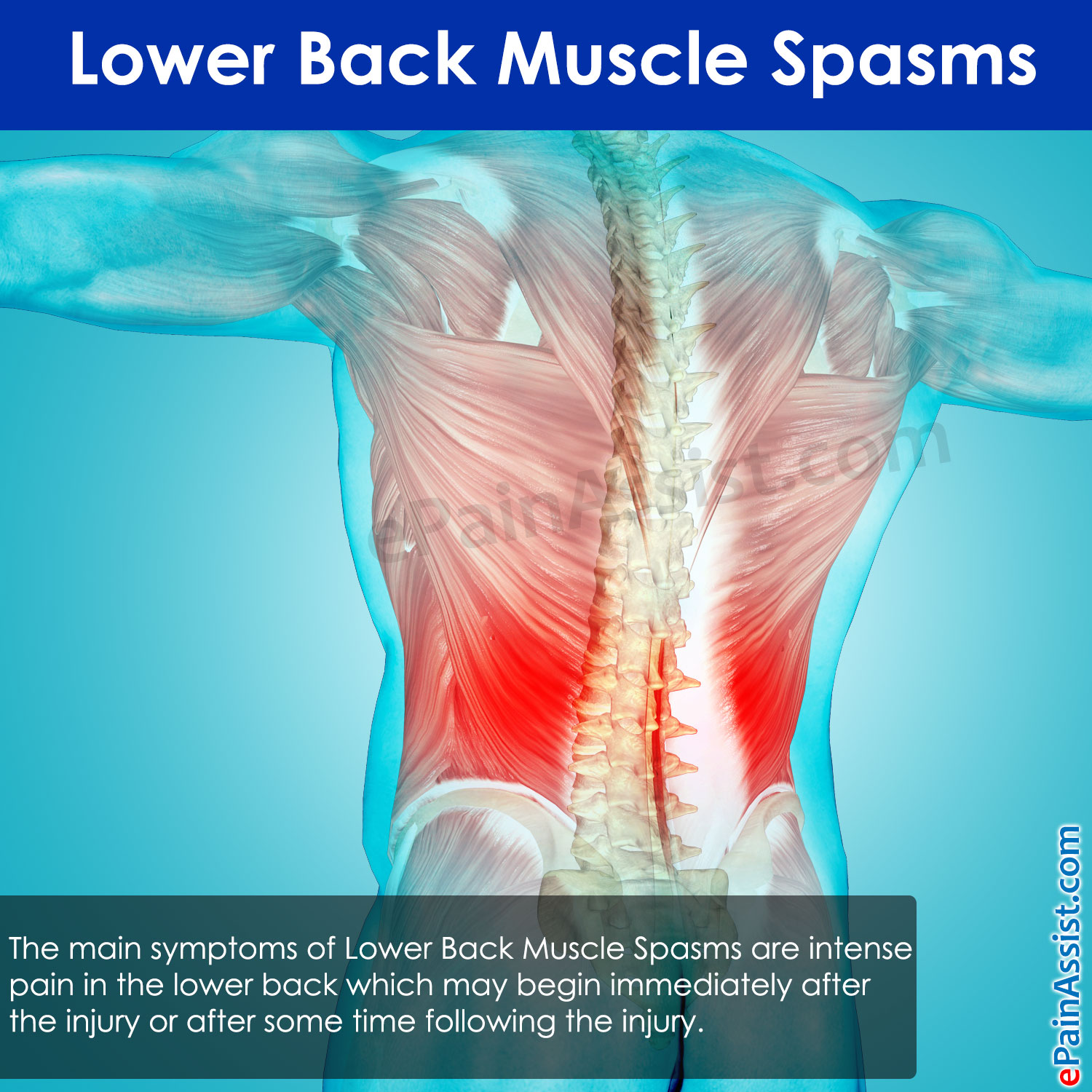What Is Lower Back Muscle Spasms?
A spasm is defined as an involuntary contraction of muscles. Any muscle in the body can go into spasm. When the muscles in the lumbar region go into spasm then that condition is termed as lower back muscle spasms or lower back spasms. Some of the reasons which can cause irritation or inflammation of the muscles are a sudden pivoting motion like in a tennis match, jerking motion in weightlifting which puts excessive amount of pressure in the spine, or in other sports like football, rugby etc. Once the muscles go into spasm it will be followed by pain which may be immediate in onset or may begin some time after the injury.
What Are The Causes Of Lower Back Muscle Spasms?
Causes may include injury to the muscles during sporting activities like tennis, weightlifting, or football or due to underlying medical conditions like a rupture of ligaments, infections, tumors, or disc herniations.
What Are The Symptoms Of Lower Back Muscle Spasms?
The main symptoms of Lower Back Muscle Spasms are intense pain in the lower back which may begin immediately after the injury or after some time following the injury. There is also increased tension in the muscles. There will also be palpable tenderness at the affected site.
How Is Lower Back Muscle Spasms Diagnosed?
To diagnose Lower Back Muscle Spasms, the treating physician takes a detailed history and conducts a physical examination. The physician will inquire whether there has been any injury to the low back. The physician may also conduct radiologic studies to rule out any underlying medical condition causing pain and inflammation of the muscles.

What Are Treatments For Lower Back Muscle Spasms?
To begin with, Lower Back Muscle Spasms are treated with avoidance of strenuous activities which may irritate the muscles further. NSAIDs and pain medications like ibuprofen may also be prescribed for calming down pain and inflammation. Apart from pain medications, muscle relaxants are also prescribed for muscle spasms. Narcotics like Percocet are also effective pain medications but they have a potential for habituation and these medications should be taken under close observation of the physician
If the pain does not resolve with the above measures, then the physician may refer the affected individual to a physical therapist for manipulation and other exercise to calm down inflammation. Massage therapy is also found to be beneficial for muscle spasms in lower back.
In case the muscle spasms are caused as a result of an underlying medical condition like a disc herniation or nerve compression then the physician may refer the individual to pain management for steroid injections for pain relief. In severe cases of nerve compression, surgery may be required for decompression of the nerves so as to relieve the symptoms.
Also Read:
- Q and A on Disabling Low Back Pain Due To Muscle Spasm or Tense Back Muscles or Facet Joint Pain
- What Causes Back Muscle Spasms or Sprain & What is its Treatment, Prevention
- What is Sacralization and How is it Treated?
- What is Lumbarization and How Can it Be Treated?
- Can Constipation Cause Back Pain?

